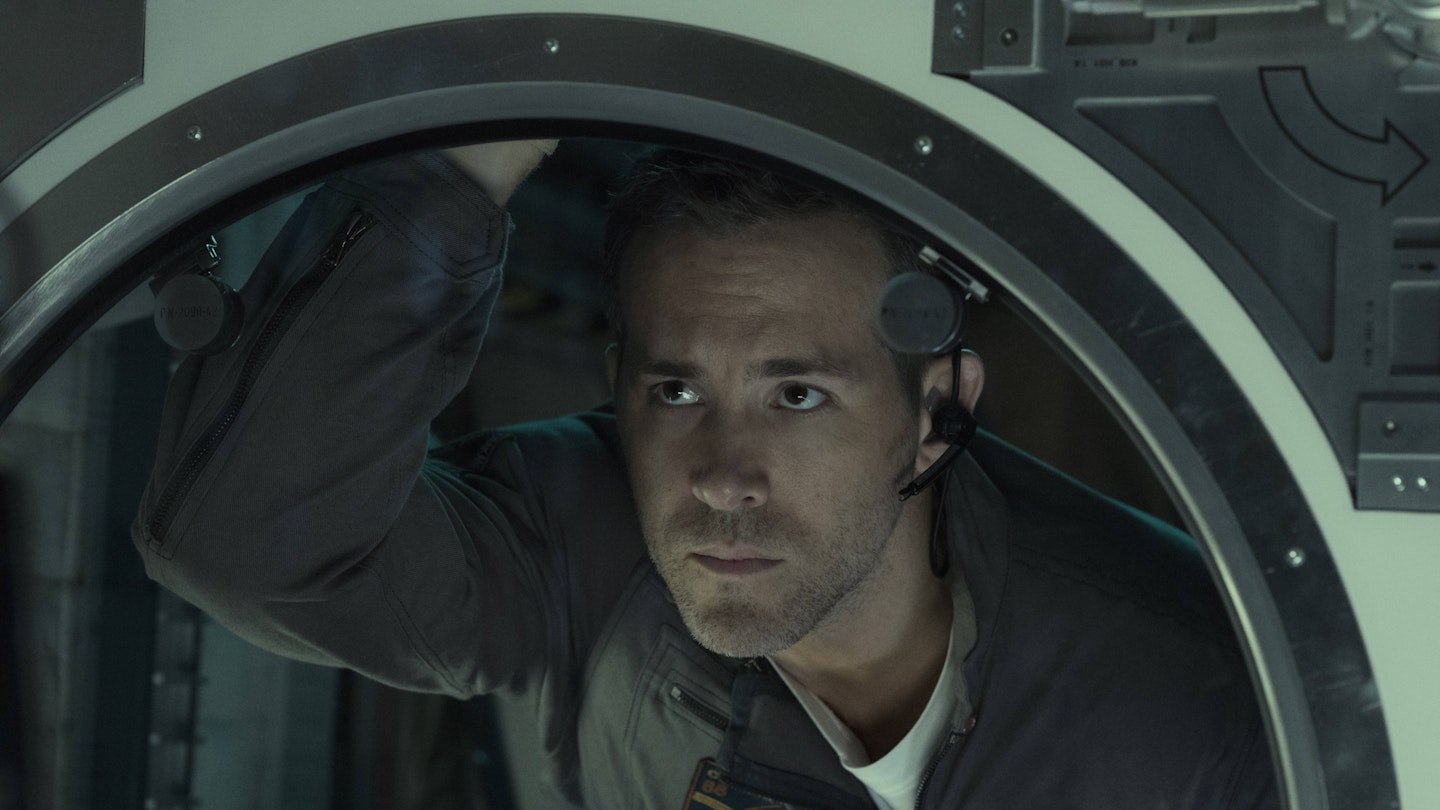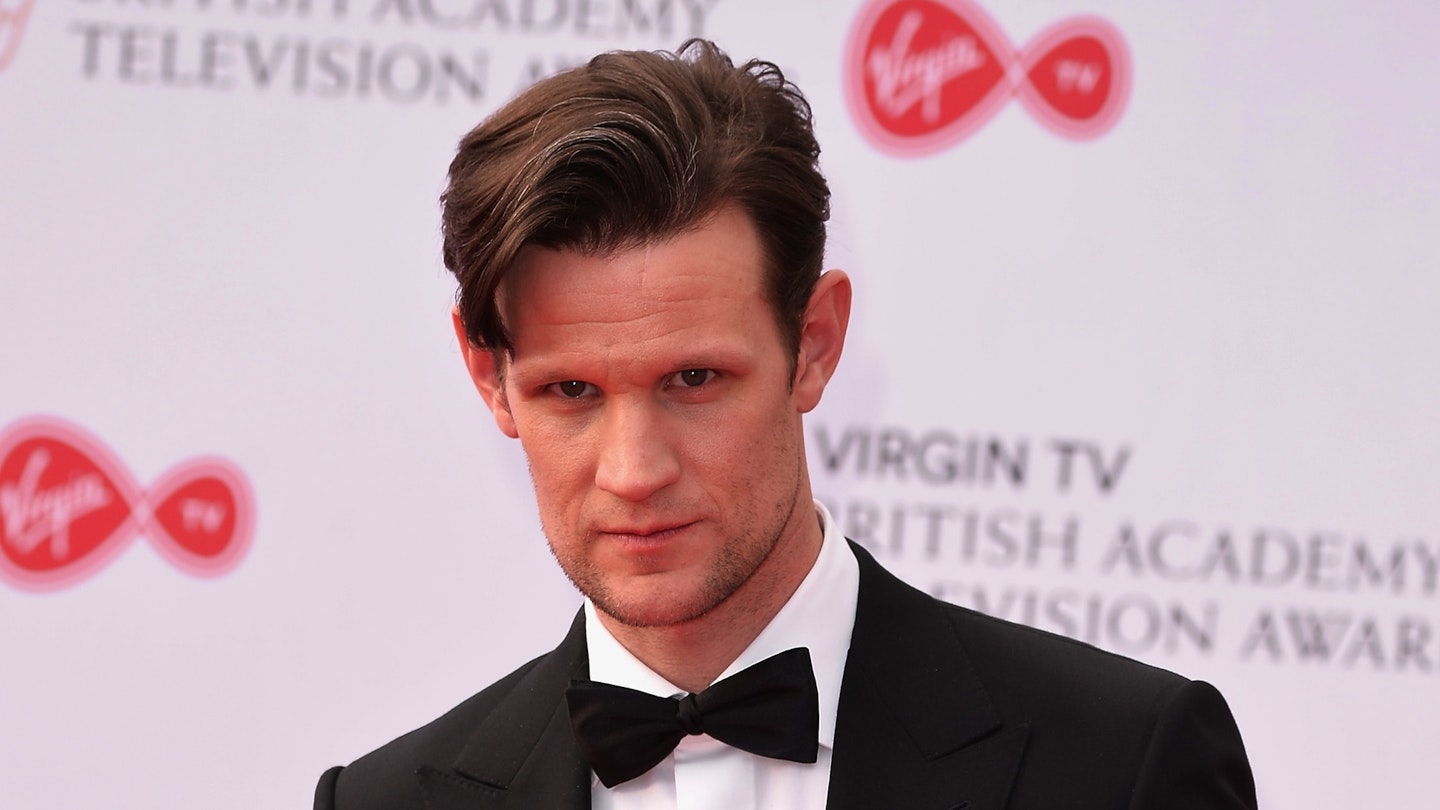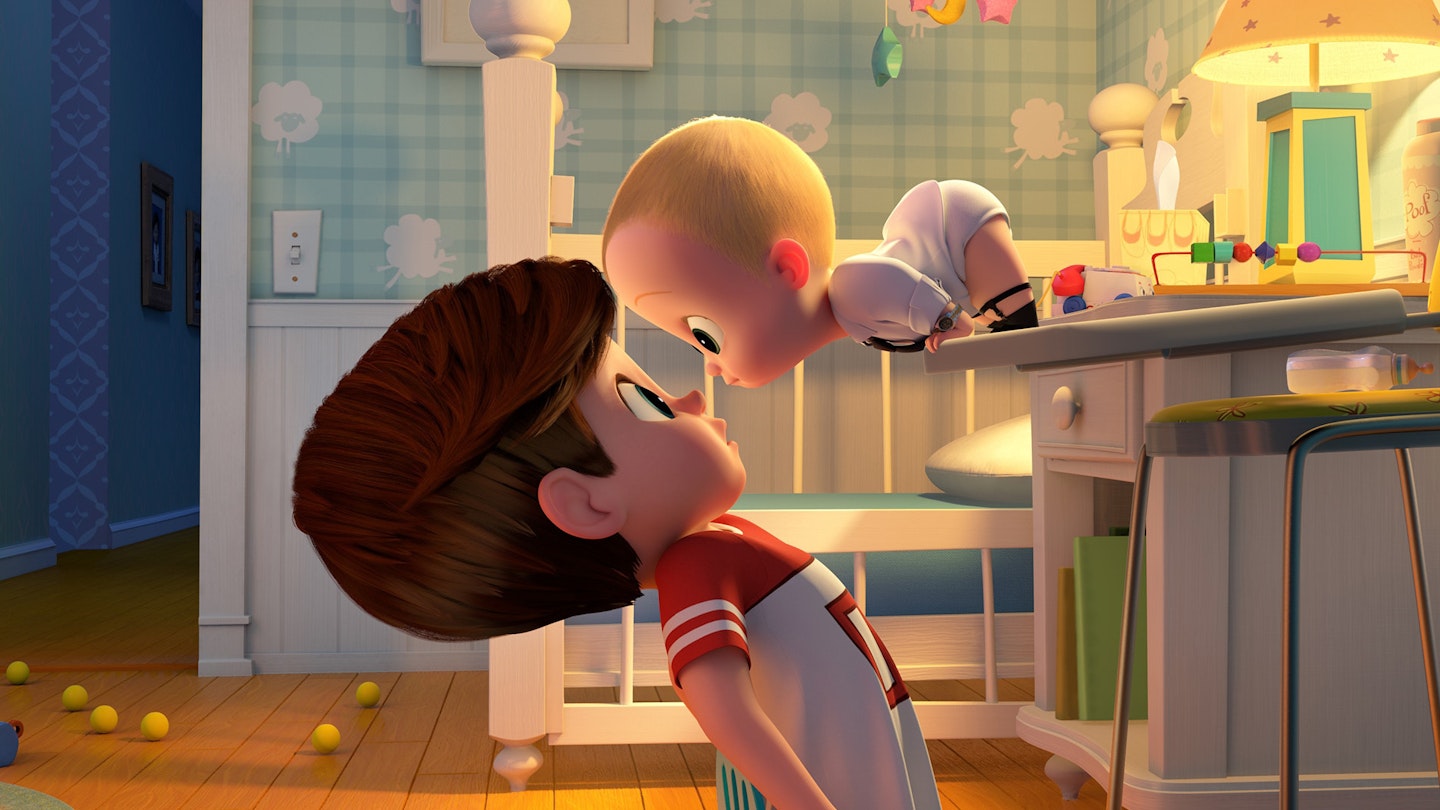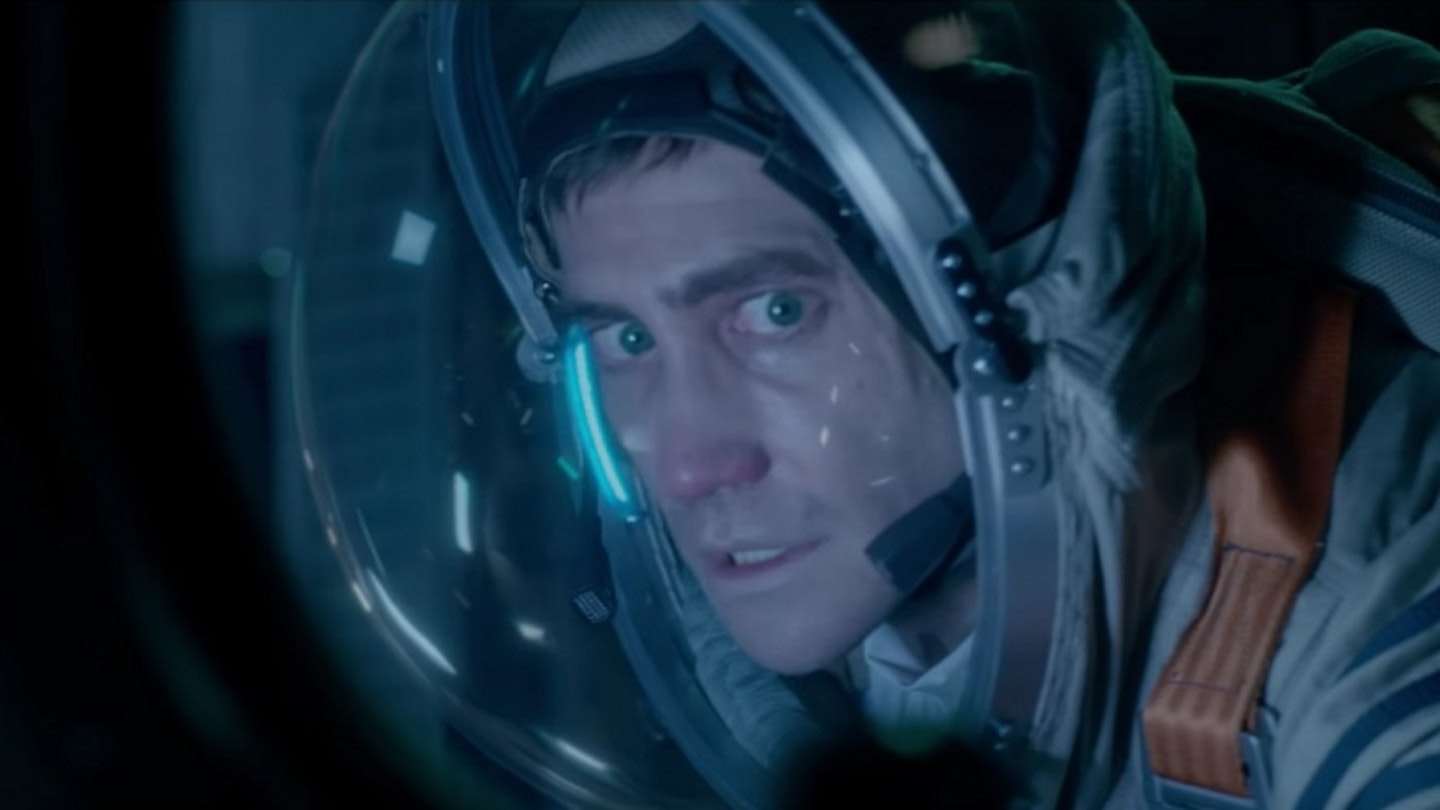“The creature as a whole is in a very real sense all muscle, all brain, all eye,” announces Rebecca Ferguson’s Dr Miranda North about the miniature alien her crew have found, marvelling at how biologically well-equipped it is. It soon becomes apparent exactly how well-equipped, and at everyone else’s expense. There are seven crewmates aboard the International Space Station as the film beings — six humans and one rat, Pluto. It’s hardly a spoiler to reveal that they do not all make it.
There’s a lot that’s familiar about sci-fi horror Life. The ISS’s low space orbit and the crew’s zero-G manoeuvres unavoidably bring Alfonso Cuarón’s Gravity to mind. But, just seven weeks before a new Alien film is released, it’s clear the film it’s most indebted to is the 1979 original – the ISS taking the place of Nostromo, and a gelatinous space squid substituting for the Xenomorph. That squid, dubbed ‘Calvin’, starts off as a single-celled organism, but soon begins growing and suddenly becomes hostile to the human crew. After the first attack the mission changes: it’s no longer a creature for study, but one to isolate and destroy. But that’s easier said than done — it’s impervious to flame, able to survive in the vacuum of space, and getting stronger all the time. They may be hunting Calvin, but it’s hunting them too.
It’s clear the film that Life is most indebted to is the original Alien.
Where the film differs to Alien is in its set-up. A couple of shots of the Mars probe flying through space, a (six minute 36 second) tracking shot (with hidden cuts) as the crew attempt to catch it after it’s knocked off course, and then that’s it — the organism is on board. Ridley Scott took over 50 minutes to introduce us to his crew before the alien burst out of John Hurt’s chest, here all hell breaks loose in under half an hour. It means certain characters are thinly drawn, commander Dihovichnaya (Katerina Golovkin) especially suffering. Of the crew members, only Pluto has less depth than her. And even then it’s a close run thing.
This is where casting familiar faces helps. Ryan Reynolds in particular is barely required to do anything more than put on a spacesuit and reprise his BT ad persona. It isn’t nuanced, but it’s welcome as it at least gives us something to latch onto. Gyllenhaal meanwhile does his slightly weird shtick, but keeps his doctor David Jordan several shades more likeable than Lou in Nightcrawler.
But Life is at its best when Calvin is the focus. From the early wonder as it begins to grow, through its spider-like movements as it breaks free and moves around the ship, to its final form, it’s a memorably designed monster that’s a threat on multiple levels. Whether it’s crushing bone, forcing itself down someone’s throat or digesting something in seconds (all visible through its translucent skin) it's an unnerving presence. It gives director Daniel Espinosa opportunities to engage in body horror set pieces that are given a new twist thanks to the zero gravity. The set up we’ve seen before, but there’s enough flair to the action that such familiarity can be overlooked.








